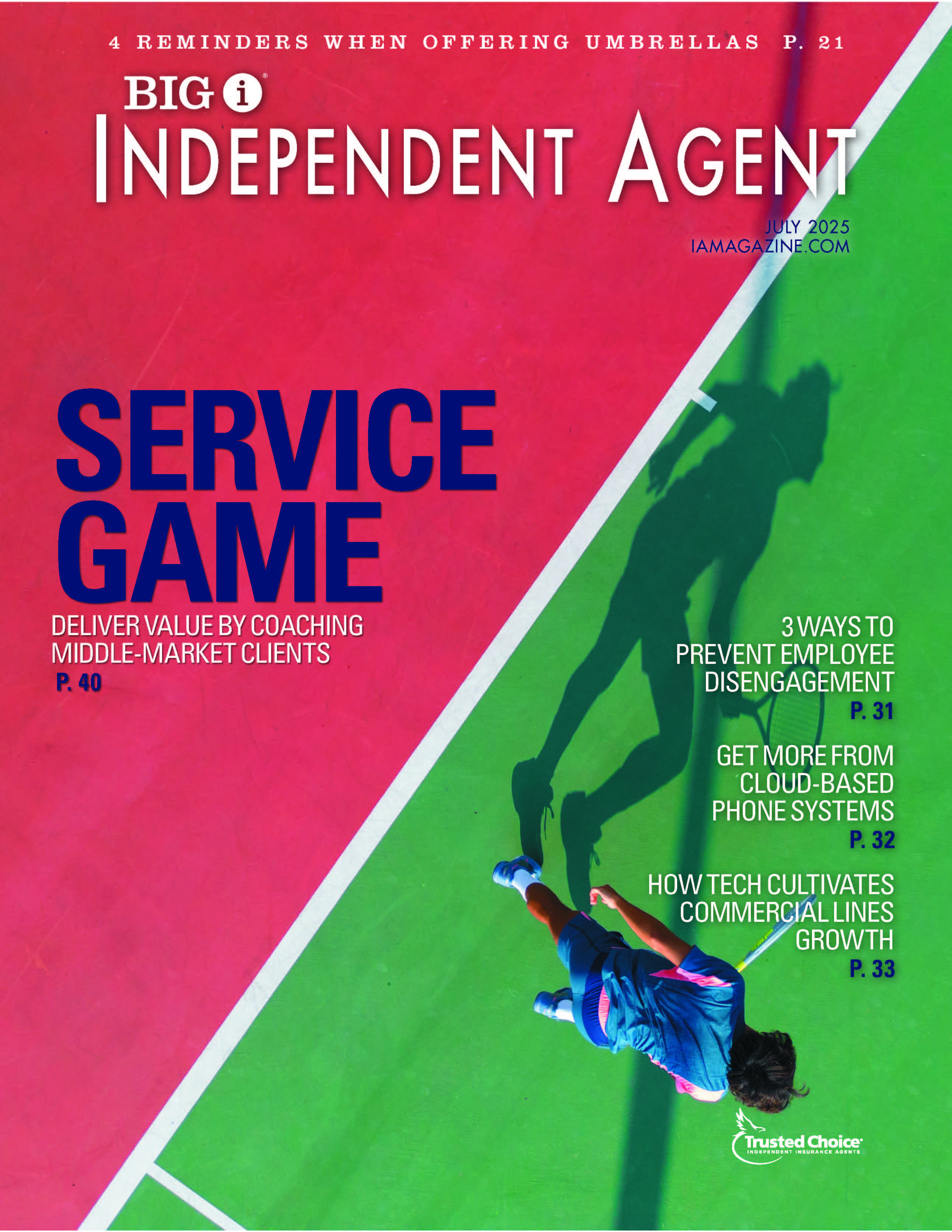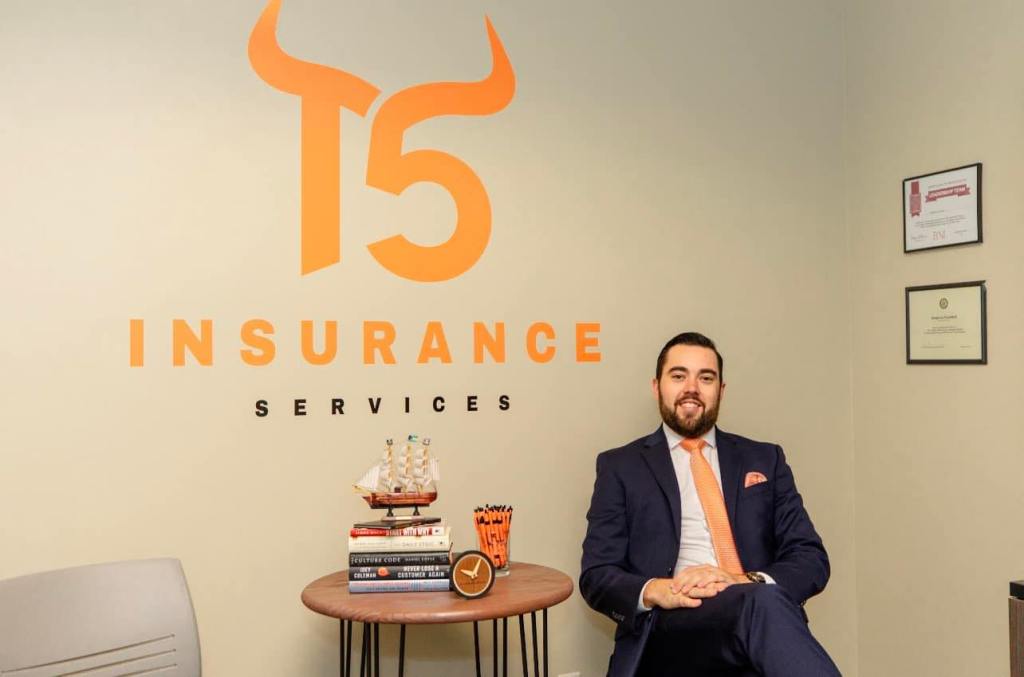Subrogation: Giving Insureds a Competitive Advantage

By: Tiana Schowe
Finding a unique competitive advantage in today’s marketplace can be a challenge. Depending on your industry or book of business, renewal retention can be a race to the quickest or cheapest quote.
Many agencies provide value-added services to secure customer retention and help improve risk. While there are many creative ways to add value to insureds, one often-overlooked aspect of managing a book of business is subrogation.
Subrogation is the process of recovering sustained damages from a negligent party. This means that most claims or losses that an insured or insurance carrier pays with a negligent third party should be pursued to recover damages. The money returned can have a significant impact on a loss ratio or an insured’s business solvency.
Further, mishandled subrogation is not just leaving money on the table, it is putting the financial burden on the insured. The burden comes in the form of inaccurately high loss ratios that can impact renewal pricing and potentially renewal viability. For insureds that have first dollars invested, such as self-insured retention or deductibles, effective recoveries can go right back into the insured’s pocket.
Many different elements impact subrogation, including determining negligence, preservation of evidence, cooperation with the subrogation experts, financial solvency or collectability of a negligent party, state laws and more.
Helping insureds navigate this potentially complex process can be the difference between a renewal rate change, a non-renewal or returned cash.
Here are three ways you can help your insureds maximize their viable subrogation recoveries:
1) Advise the insured on best practices. This can include things such as not admitting fault or liability, keeping detailed records of the events, cooperating with the subrogation specialist, and making sure the adjuster has all the information on the adverse party.
An experienced and professional subrogation team should be able to provide the correct legal advice on how to handle specific situations. Helping insureds manage and navigate these complex issues is a meaningful way to provide a service often overlooked by agents.
2) Harness and use data effectively. As new technology is emerging, the way agents provide value is also evolving. As agents help insureds through the subrogation process, valuable data should be harnessed and used. The data is even more meaningful for insureds with a high frequency of claims involving negligent parties.
Insights can be gained by analyzing subrogation data such as insights on risks, best practices and loss prevention. Ensuring that the correct data points are captured, analyzed and provided to the insured is another critical part of maximizing the subrogation process.
3) Be an advocate for the insured. Advocacy comes in two forms: following up on the status of the subrogation and partnering with the right subrogation experts. This can help ensure maximum recoveries.
If you are dealing with an insurance carrier with an in-house subrogation team, a third-party administrator or a subrogation vendor, you can follow up on the status of the subrogation efforts.
Identify vendors or solutions that better meet the needs of your insureds. Working with experienced subrogation professionals that have a deep knowledge of tort law—since subrogation is a negligence issue—and capture and use data effectively can set you apart in the industry.
Too often an afterthought, effective subrogation is a meaningful way to help insureds manage their risk and expenses. The value of quality subrogation comes not only in the form of returned money, but in collected and well-used data.
As the old saying goes, “Make the most of every opportunity”—and subrogation is an opportunity that should not be left to chance.
Tiana Schowe is the director of SubroSmart.
This article is intended for general informational purposes only, and any opinions expressed are solely those of the author. IIABA and its subsidiaries and affiliates provide the article “as is” with no warranties or representations of any kind, including but not limited to its accuracy or completeness, and disclaim any liability arising out of or in any way connected to any reliance on or use of the information contained or referenced therein. The article is not intended to constitute and should not be considered legal, medical or other professional advice, nor shall it serve as a substitute for the recipient obtaining such advice. If specific expert advice is required or desired, the services of an appropriate, competent professional, such as an attorney or doctor, should be sought.










